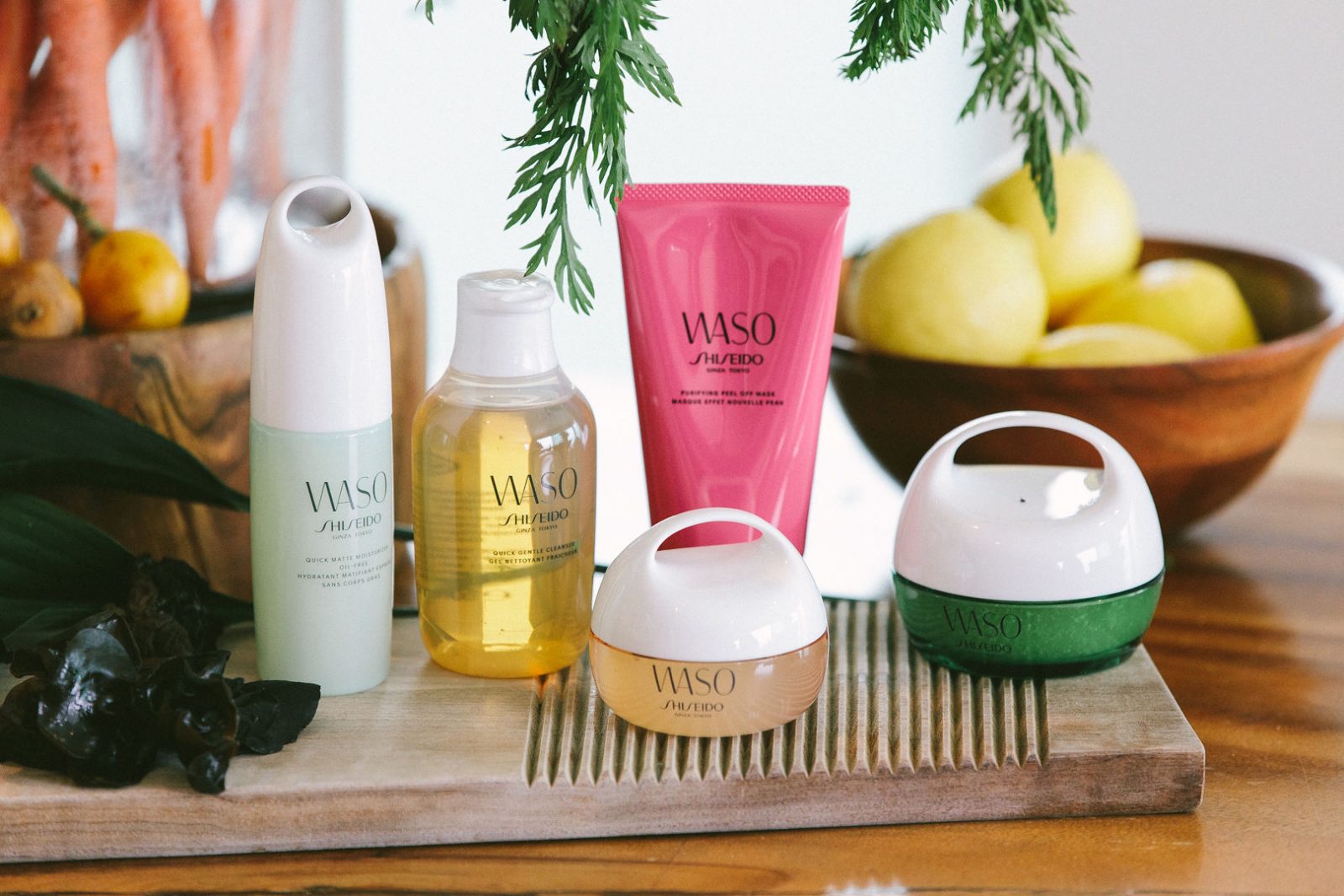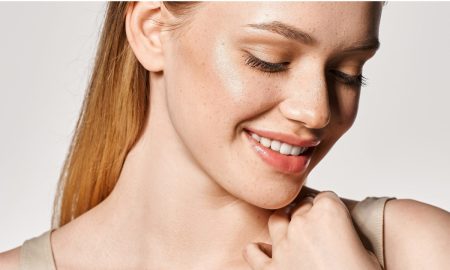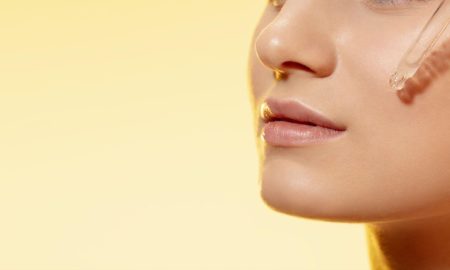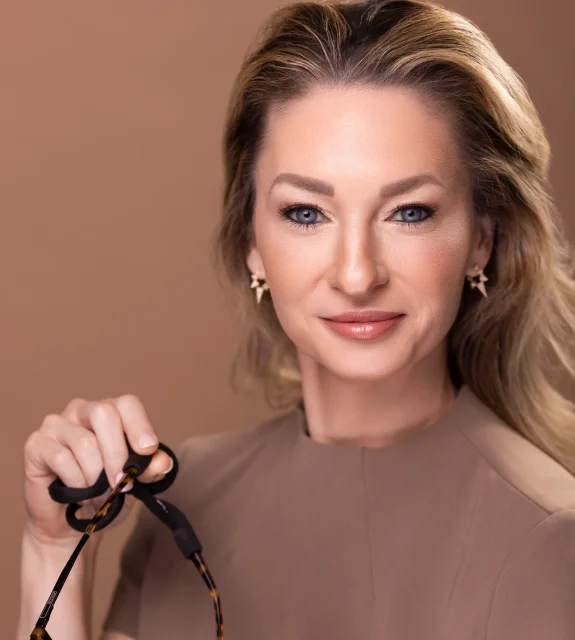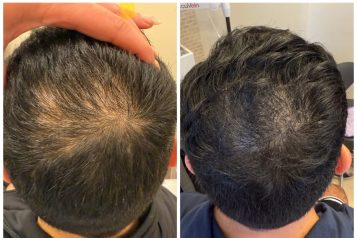
Relaxing beach days, adventurous hiking trips and endless tropical vacations; summer is quickly approaching and unfortunately, so is the risk of sun damage. Providing as much protection to our skin as we can during this season is vital in preventing a multitude of skin concerns caused by UV rays. Haute Beauty rounded up our best doctors to discuss how to prevent sun damage and which products you should be using for ultimate protection this summer.
Medically speaking, what is a sunburn?
Dr. Stacy Chimento: A sunburn is the body’s defense response to damage produced from excessive ultraviolet light exposure. The body creates inflammation in response to this damage. The redness created from sunburns is in response to the dilation of blood vessels which also produces heat. Multiple layers of the skin can be affected and damage of the cellular DNA with impaired repair mechanisms can lead to the potential formation of skin cancer and actinic damage in predisposed individuals.
What should patients know about UV rays?
Dr. Ariel Ostad: Patients need to be aware that UV rays cause aging and skin cancer. UVB rays are responsible for sunburn and mutations in your skin and eyes which lead to slow progression is sun damage into skin cancer. UVA rays are responsible for penetrating deeper into the skin and eyes and are responsible for majority of skin cancers especially melanoma and since reach deeper into the skin, for more aging. UV rays also lower your skin immunity which lead to inability of your body to fight skin damage and also skin infections thereby accelerating sun damage and infections.
What temporary/lasting damages do sunburns leave on the skin?
Dr. Christie Prendergast: Sunburns are your body’s response to UV damage. The UV rays damage your skin DNA which increases your risk of skin cancer (the most common type of cancer). Even though your skin recovers from the sunburn, some damage still remains and increases your lifetime risk of skin cancer. Not only does it increase your risk for skin cancer, but UV radiation is responsible for rapid aging of the skin.
How does sun damage cause premature aging?
Dr. Ariel Ostad: Sun damage causes premature aging by causing breakdown of collagen and elastin in our skin leading to more wrinkles, sagging skin, leathery skin, thinning and also excessive skin pigmentation production leading to brown spots and blemishes.
What SPF would you recommend to those with: oily skin, dry skin, and sensitive skin?
Dr. Stacy Chimento: Sunscreens are either in the formulation of physical (reflects light) or chemical blockers (absorbs light). Patients should wear a minimum of SPF 30 or higher as recommended by the American Academy of Dermatology and apply it 20 minutes before going outdoors. This should also be reapplied every two hours after excessive sweating, swimming, etc.
Oily skin:
Dry skin:
- Aveeno protect and hydrate facial sunscreen lotion SPF 50
- Cerave face sunscreen lotion spf 50
- Revision skincare Intellishade original
Sensitive skin:
During what step in a beauty routine should sunblock be applied?
Dr. Christie Prendergast: The sequence of sunscreen application is slightly debatable, but I think sunscreen should be the last step in your skincare routine so as not to alter the properties of the sunscreen. It should definitely be applied 30 minutes before sun exposure and reapplied every two hours.








